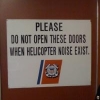
Sign in to follow this
Followers
0

I probably shouldn't even ask this question, but....
By
Jimmy Helton, in PMDG General Forum


By
Jimmy Helton, in PMDG General Forum